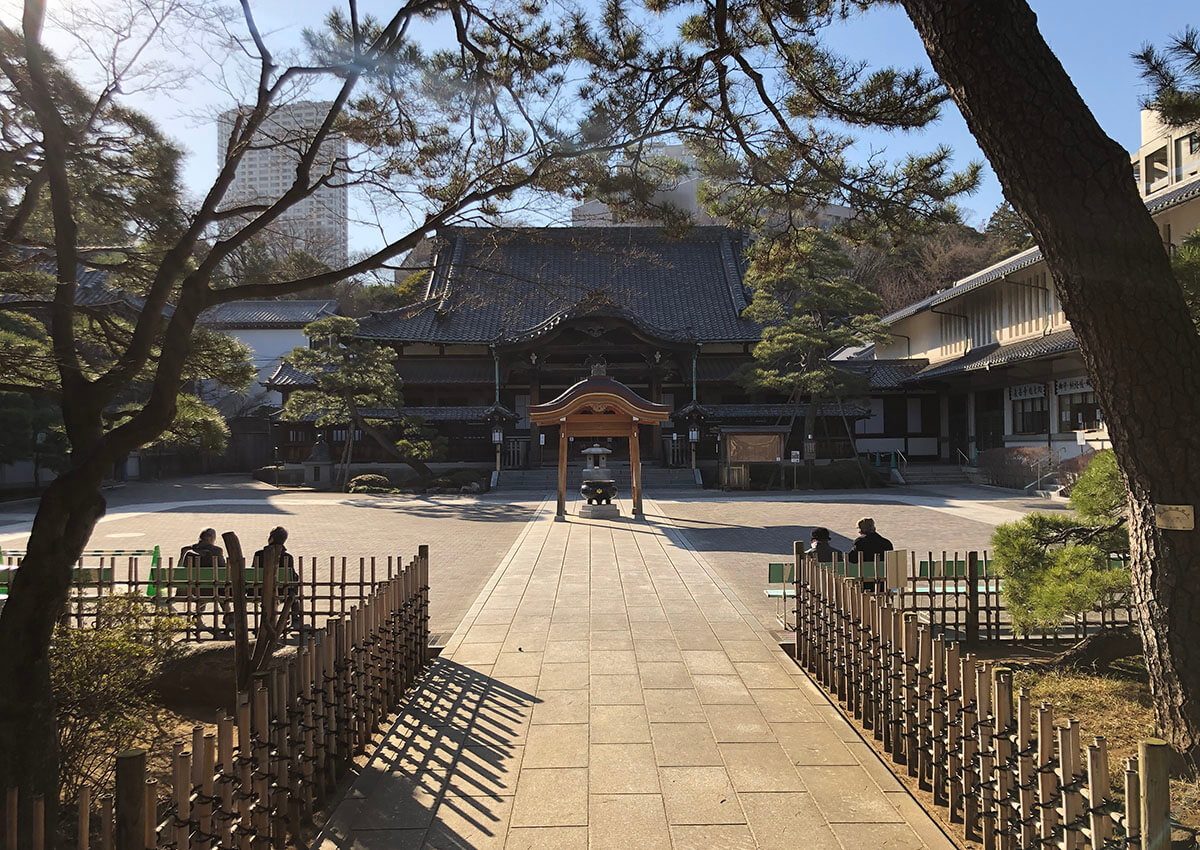Sengakuji Temple, located in Shinagawa’s Takanawa district, comes alive with the Ako Gishi Festival in April and December.The Ako Gishi are the samurai of the Ako clan who avenged their late lord, Naganori Asano.Here is an introduction to Sengakuji Temple, where the graves of the 47 Ako Yoshishi and their lord Naganori Asano are located.
History of Sengakuji Temple
Monk’s Study House
Sengakuji Temple dates back to 1612, when Tokugawa Ieyasu built it in Soto-Sakurada (present-day Chiyoda Ward) to mourn the death of Imagawa Yoshimoto, who had taken care of the temple as a child.
1641 saw the Great Kan’ei Fire, which destroyed the original building. Later, the third Tokugawa shogun Iemitsu ordered five feudal lords, including the Asano clan of the Ako domain, to move and rebuild the temple in its current location in Takanawa. This is when the relationship between the Asano family of the Ako domain and Sengakuji Temple began.
When the temple was rebuilt, it was a large temple consisting of seven halls, and nearly 200 priests of the Soto sect from all over the Japan attended the temple. Sengakuji Temple was one of the three dormitories of the Soto Zen sect, consisting of Seishoji Temple and Sosenji Temple, and served as a dormitory for the monks to study.
During the air raids of World War II, all the buildings except the main gate and the Gishi-kan were destroyed by fire. The main hall was rebuilt in 1953, and the temple has been gradually restored. The aspirations of the monks’ study house have been passed down to the male students who still study in the Sengakuji dormitory while performing their duties at the temple.
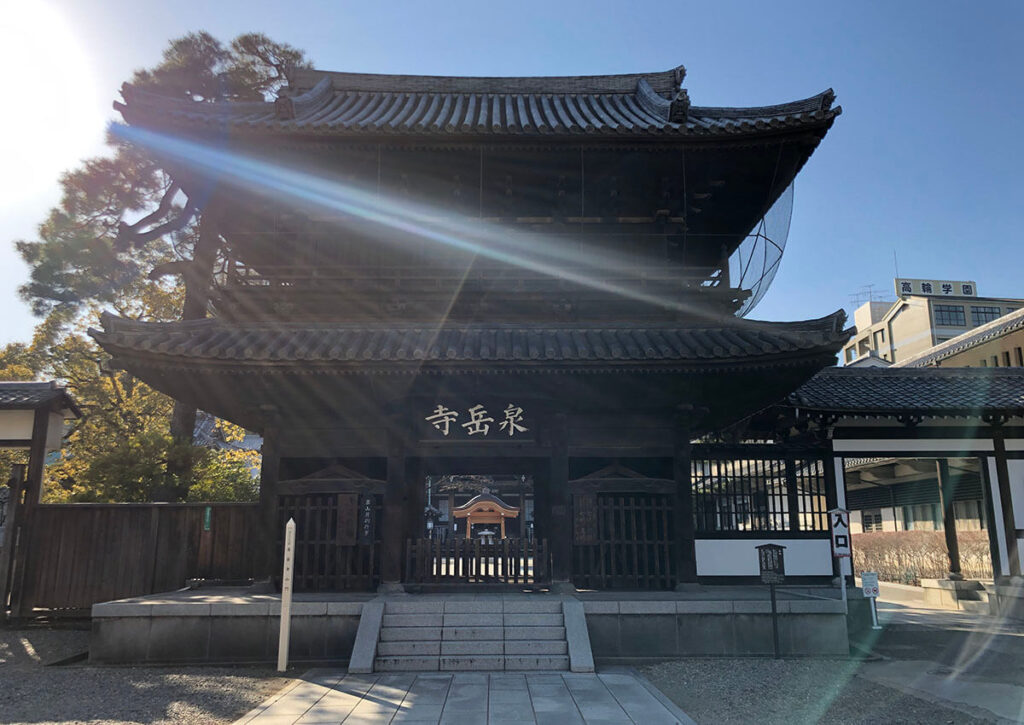
Sights to see of Sengakuji Temple
Ako Gishi
During the reign of the 5th Tokugawa Shogun Tsunayoshi, Naganori Asano, angered by being mocked as a “country samurai”, attacked Kira Uenosuke in the pine hallway of Edo Castle. The next day, Asano Naganori committed suicide. 47 Ako Ronin of the Ako Clan, including Yoshio Oishi Kuranosuke, took revenge on Kira Uenosuke for their master, Asano Naganori, and were ordered to commit seppuku. The Ako Roshi were praised for their loyalty to their master. Their graves are located at Sengakuji Temple, and you can visit them. There are 48 tombs, including a memorial tower for Kayano Shigemi, a vassal of the Asano clan who committed suicide before the attack, and the samurai are divided and arranged according to where they were sent after the attack. In addition, there is a bronze statue of Yoshio Oishi Kuranosuke, a well for washing heads, and other items related to the Ako Yoshishi. Every year, on December 14, the day of the attack, the Gishi Festival is held, attracting many worshippers.
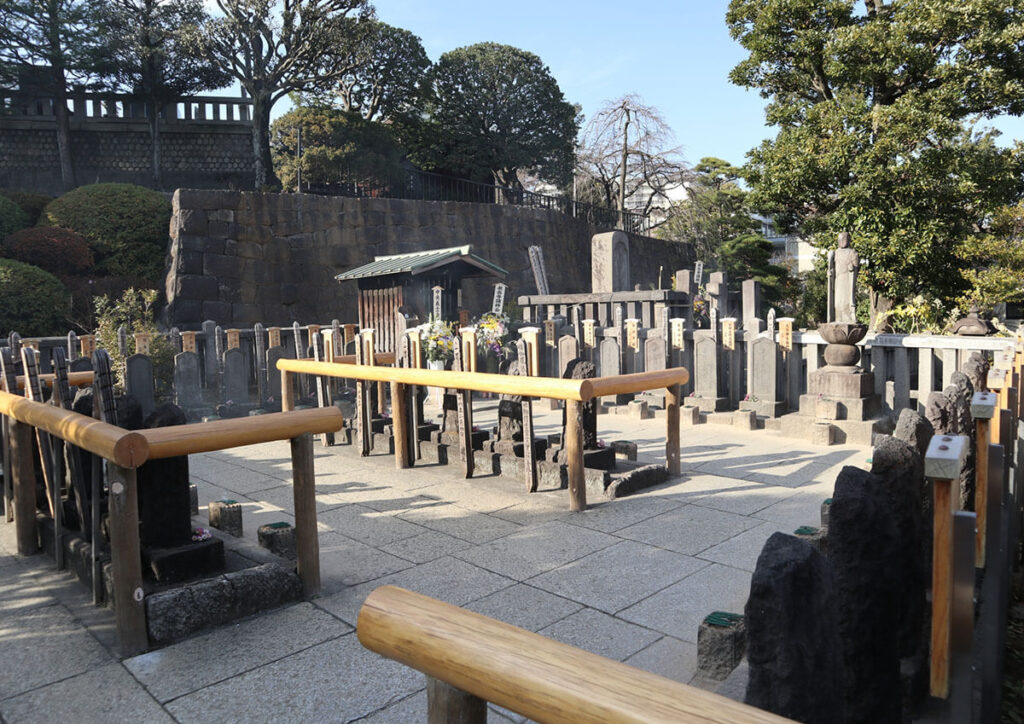
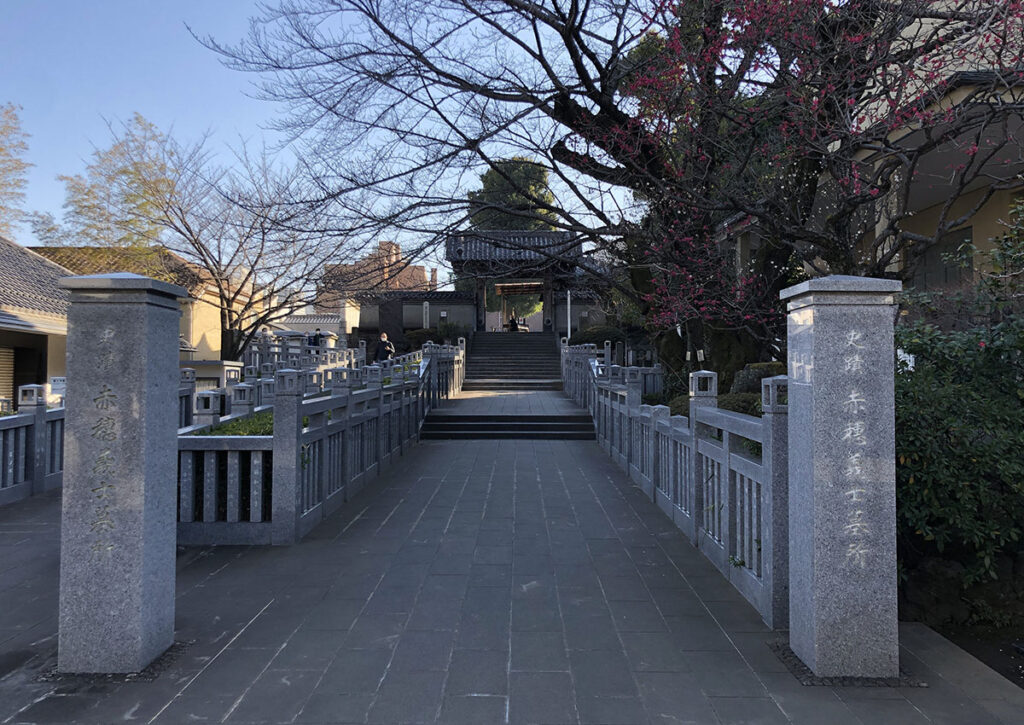
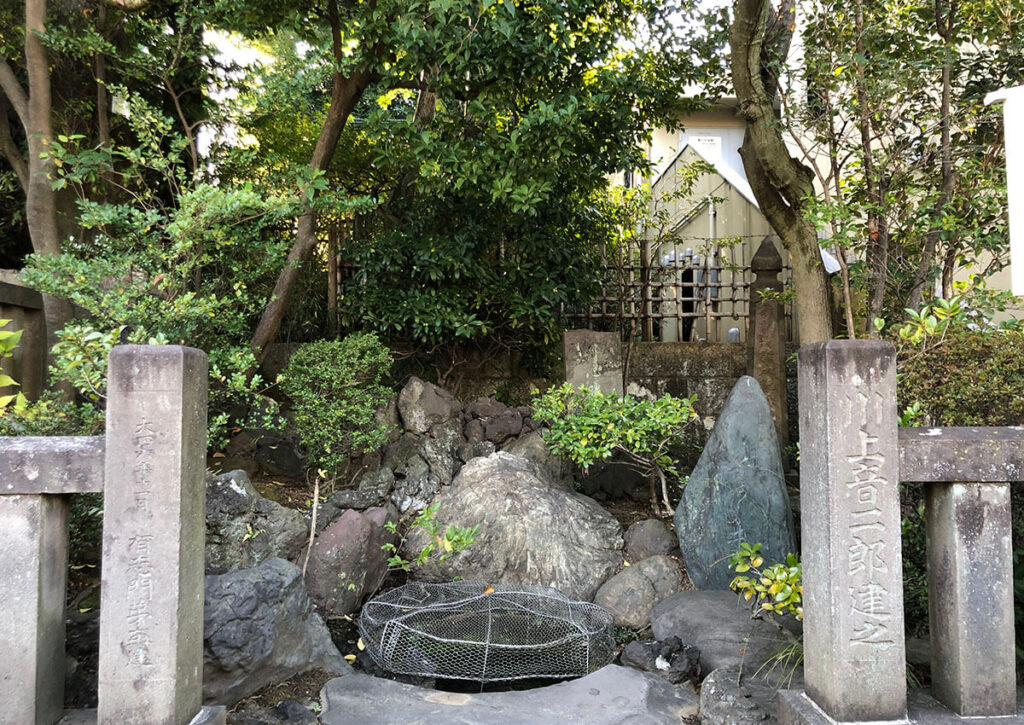
Main temple hall
The old main hall was destroyed in an air raid during World War II. The present main hall was rebuilt in 1953.
The “lion’s roar” plaque on the front reads “Shishiku” and is a metaphor for the way the Buddha preaches, like a roaring lion, and represents his attitude of preaching to the masses, unfazed by anything.
The main deity of the temple is Shaka Nyorai (Shakyamuni), and it also houses Zen priests Dogen and Brightzan, the founders of the Soto sect of Buddhism, and Marishiten, the guardian deity of Oishi Kuranosuke.
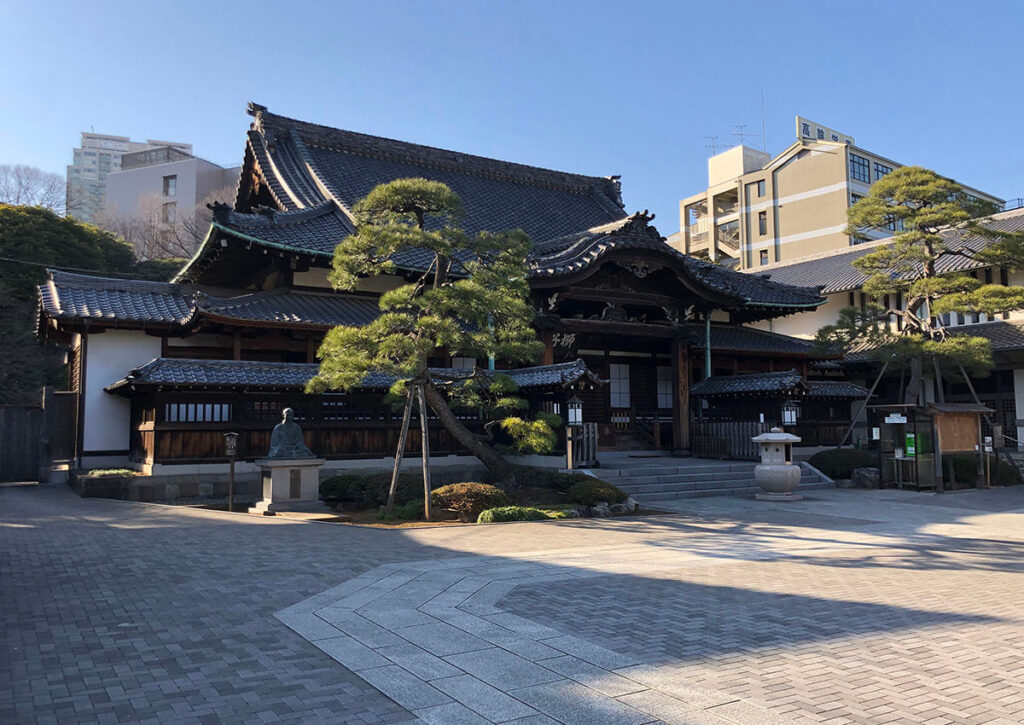
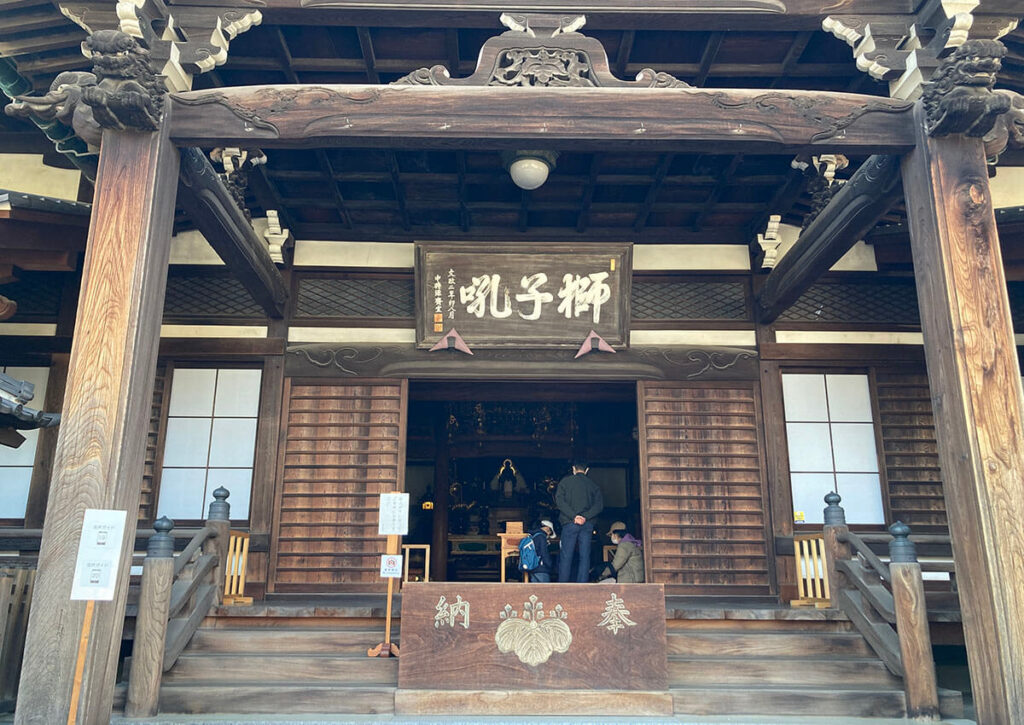

Temple bell
The temple bell, which is rung in the morning during zazen and in the evening when the temple is closed, was built in 1913. The bell, which was used from the Edo period to the Meiji period, is now in the collection of the National Museum of Ethnology in Vienna.
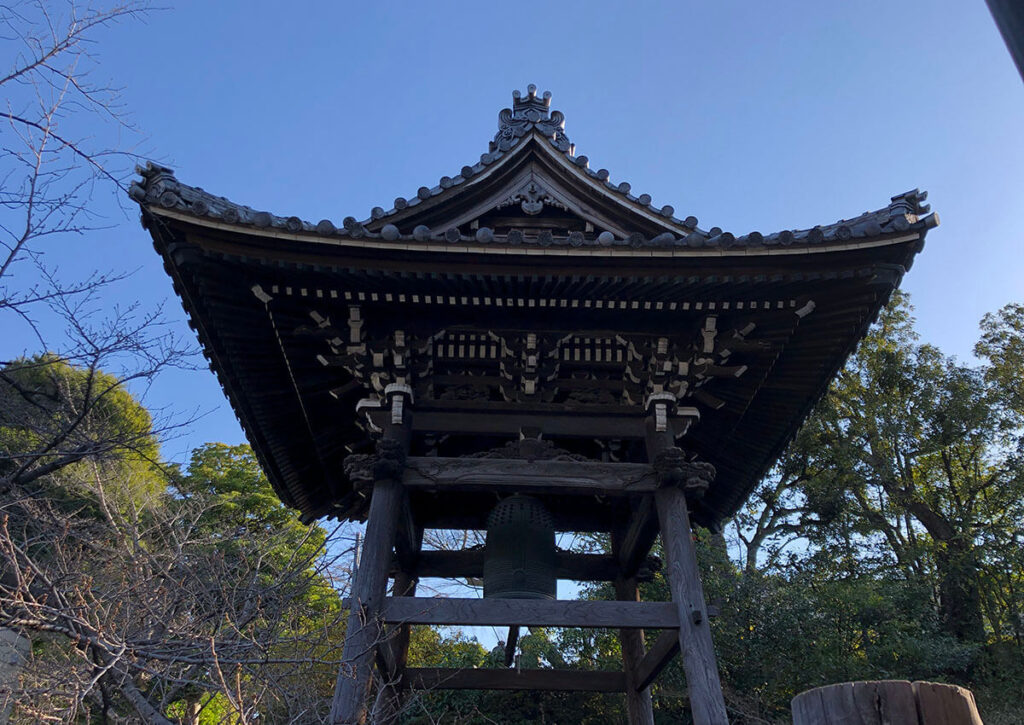
An auditorium that escaped the ravages of war (the former Gishikan)
The auditorium, located in the middle of the temple grounds, was built in 1925.The temple was devastated by the abolition of Buddhism in the early Meiji period (1868-1912), but many people came to visit the temple by building the brick-built Gishi-kan and opening it to the public as a treasure house.
However, it collapsed due to the Great Kanto Earthquake. After the earthquake, the Gallery of Gishi Treasures was rebuilt and the war damage of World War II was avoided.Currently, the first floor is used as an auditorium where lectures are held, and the second floor is used as a museum for wooden statues of the righteous.
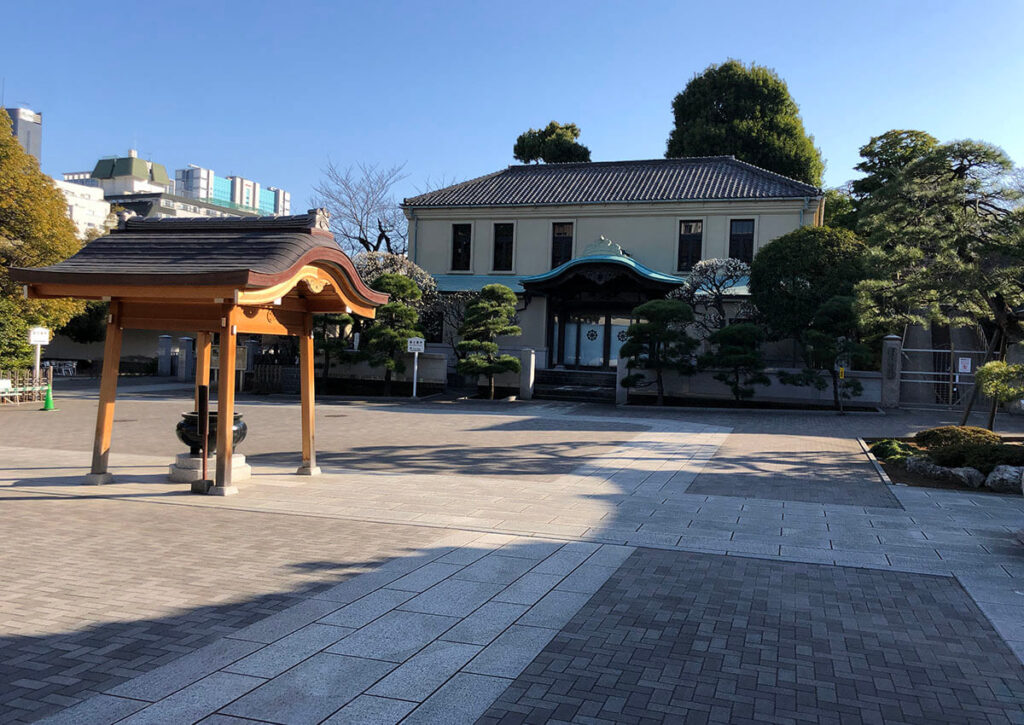
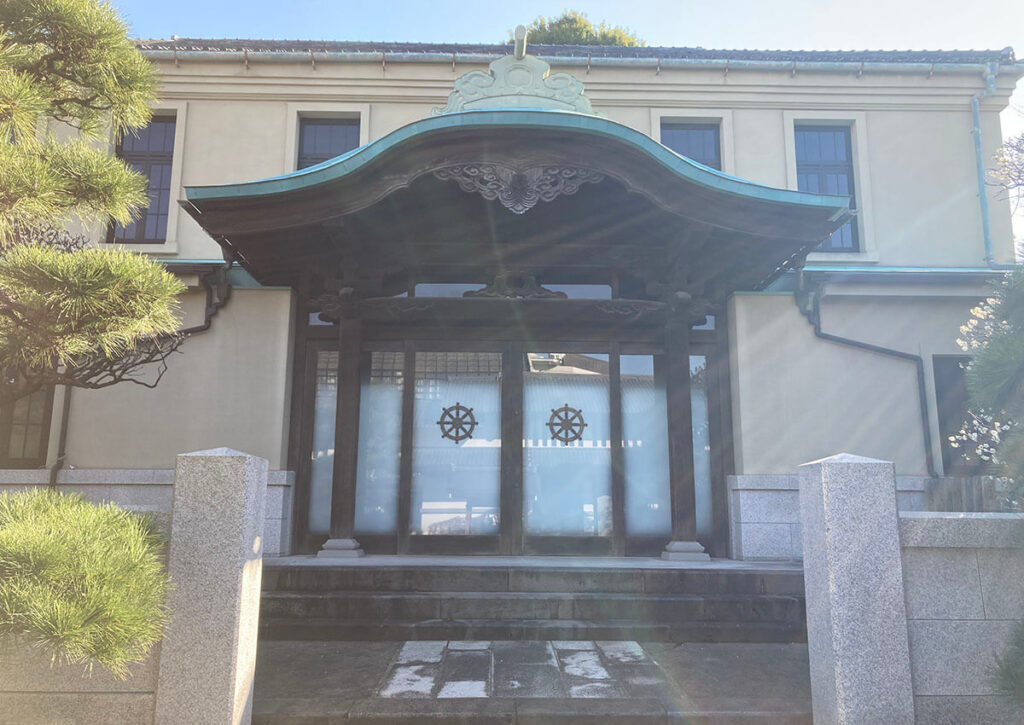
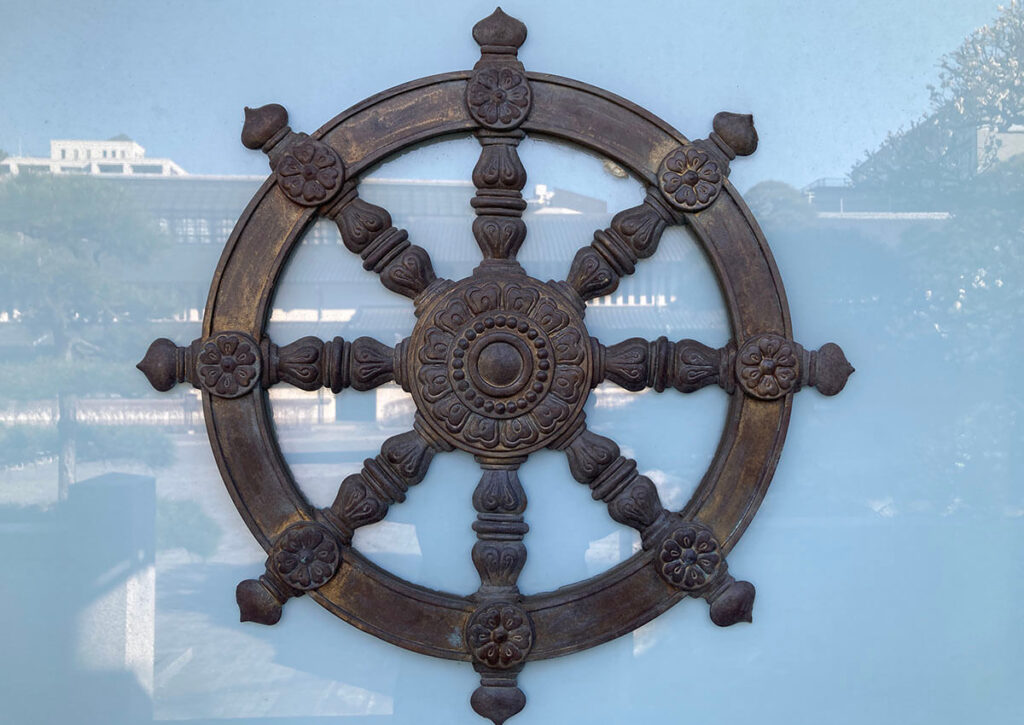
Access to Sengakuji Temple
Location: 2-11-1 TAkanawa, MInato-ku, Tokyo
7-minute walk from Takanawa Gateway Station on the JR Yamanote Line.
3 minute walk from Sengakuji Station on the Toei Asakusa Line.
Parking around Sengakuji Temple
Sengakuji Temple Official Website
Official Site:https://sengakuji.or.jp/
